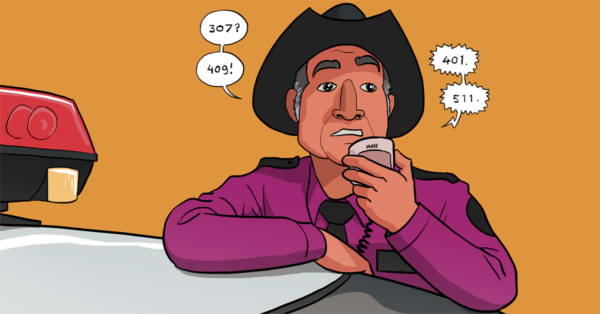HTTP status codes and what they mean for SEO
HTTP status codes, like 404, 301, and 500, might not mean much to a regular visitor, but they are incredibly important for SEO. Not only that, search engine spiders, like Googlebot, use these to determine the health of a site. These status codes offer a way of seeing what happens between the browser and the server. …
Read: "HTTP status codes and what they mean for SEO"





